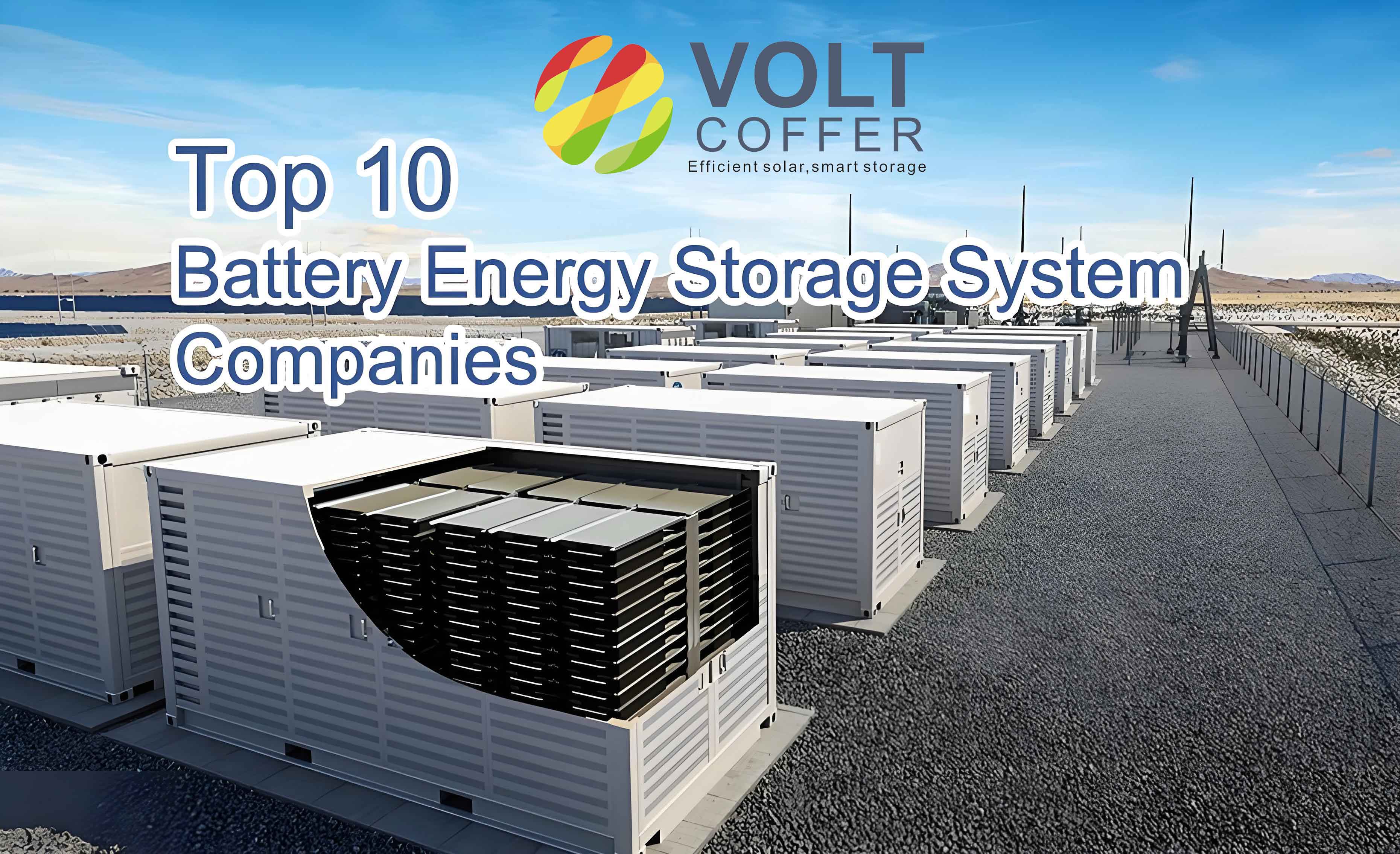The rapid expansion of renewable energy integration and electric vehicle adoption has propelled lithium-ion batteries (LIBs) to the forefront of battery energy storage technologies. Central to their performance is the electrolyte, which governs ionic transport, safety, and longevity. This article synthesizes recent advancements in electrolyte materials—spanning liquid, hybrid solid-liquid, and solid-state systems—and evaluates their implications for next-generation battery energy storage applications.

1. Liquid Electrolytes: Current State and Challenges
Liquid electrolytes dominate commercial LIBs due to their high ionic conductivity (10−2 S/cm10−2S/cm) and compatibility with existing manufacturing processes. A typical organic liquid electrolyte consists of lithium salts (e.g., LiPF66), carbonate solvents (e.g., ethylene carbonate, EC), and functional additives.
1.1 Key Components and Properties
Lithium Salts:
LiPF66 remains the industry standard, offering balanced ionic conductivity and cost-effectiveness. However, its thermal instability and sensitivity to moisture necessitate alternatives like LiFSI (lithium bis(fluorosulfonyl)imide), which exhibits superior thermal stability (>200∘C>200∘C) and higher ionic mobility.
Solvents:
Carbonate-based solvents (EC, DMC, DEC) dominate due to their wide electrochemical stability window (1.5–4.5 V vs. Li/Li+1.5–4.5V vs. Li/Li+). Recent innovations include fluorinated ethers (e.g., TTE, BTFE), which enhance oxidative stability for high-voltage cathodes (>4.5 V>4.5V).
Additives:
Functional additives (<5 wt.%) address specific challenges:
- SEI/CEI Formers: FEC (fluoroethylene carbonate) stabilizes silicon anodes by forming LiF-rich interfaces.
- Safety Enhancers: Flame-retardant additives (e.g., trimethyl phosphate) mitigate combustion risks.
Table 1: Comparison of Common Lithium Salts
| Lithium Salt | Ionic Conductivity (mS/cm) | Thermal Stability (°C) | Cost (USD/kg) |
|---|---|---|---|
| LiPF66 | 10.2 | 60–80 | 15–20 |
| LiFSI | 12.5 | >200 | 80–100 |
| LiTFSI | 8.7 | >250 | 120–150 |
1.2 Limitations and Optimization Strategies
Liquid electrolytes face intrinsic challenges:
- Flammability: Organic solvents (flash point <40°C) pose fire hazards.
- Dendrite Growth: Uncontrolled Li deposition at high current densities (>1 mA/cm2>1mA/cm2).
- Voltage Limitations: Decomposition above 4.5 V limits energy density.
Formula 1: Dendrite Growth Rate
The growth rate (vv) of Li dendrites is modeled as:v=inFρ⋅exp(−EaRT)v=nFρi⋅exp(−RTEa)
where ii = current density, EaEa = activation energy, and ρρ = Li density.
To overcome these issues, advanced formulations include:
- High-Concentration Electrolytes (HCEs): Salt concentrations >3 M reduce free solvents, suppressing dendrites.
- Localized HCEs (LHCEs): Diluents (e.g., benzene) lower viscosity while maintaining ion-pairing benefits.
2. Hybrid Solid-Liquid Electrolytes: Bridging the Gap
Hybrid electrolytes combine liquid and solid components to balance ionic conductivity (10−3–10−2 S/cm10−3–10−2S/cm) and mechanical stability. They are pivotal for transitional battery energy storage systems targeting enhanced safety without sacrificing performance.
2.1 Classification and Design Principles
- Semi-Solid Electrolytes: 5–10 wt.% liquid phase infiltrated into solid matrices (e.g., LLZO, LATP).
- Quasi-Solid Electrolytes: Polymer frameworks (e.g., PEO, PVDF) with <5 wt.% liquid plasticizers.
Table 2: Performance Metrics of Hybrid Electrolytes
| Type | Ionic Conductivity (mS/cm) | Mechanical Strength (MPa) | Operating Temperature (°C) |
|---|---|---|---|
| Semi-Solid (LLZO) | 0.8–1.2 | 200–300 | 25–80 |
| Quasi-Solid (PEO) | 0.3–0.7 | 10–50 | 60–100 |
2.2 Industrial Progress
Major manufacturers (e.g., Ganfeng Lithium, CATL) have deployed hybrid electrolytes in EVs and grid-scale storage:
- Energy Density: 240–450 Wh/kg achieved in 40–150 Ah cells.
- Safety: Passes 5 mm nail penetration and 180°C thermal runaway tests.
Formula 2: Ionic Conductivity in Hybrid Systems
The effective conductivity (σeffσeff) follows a percolation model:σeff=σsolid⋅ϕsolid+σliquid⋅ϕliquidσeff=σsolid⋅ϕsolid+σliquid⋅ϕliquid
where ϕϕ = volume fraction.
3. Solid-State Electrolytes: The Future of Battery Energy Storage
Solid-state electrolytes (SSEs) promise unparalleled safety (non-flammable) and energy density (>500 Wh/kg). Three primary categories dominate research: inorganic, polymeric, and composite SSEs.
3.1 Inorganic SSEs
- Oxides: Garnet-type (LLZO, 10−4–10−3 S/cm10−4–10−3S/cm), NASICON (LATP, 3×10−3 S/cm3×10−3S/cm).
- Sulfides: LGPS (12 mS/cm12mS/cm), argyrodites (Li66PS55Cl, 25 mS/cm25mS/cm).
- Halides: Li33YCl66 (7.1 mS/cm7.1mS/cm).
Table 3: Comparative Analysis of Inorganic SSEs
| Material | Ionic Conductivity (mS/cm) | Stability vs. Li | Cost (USD/kg) |
|---|---|---|---|
| LLZO | 0.5–1.0 | Moderate | 200–300 |
| LGPS | 12.0 | Poor | 500–700 |
| Li33YCl66 | 7.1 | Excellent | 150–200 |
Formula 3: Arrhenius Equation for Ionic Conductionσ=σ0⋅exp(−EakBT)σ=σ0⋅exp(−kBTEa)
where EaEa = activation energy, kBkB = Boltzmann constant.
3.2 Polymeric and Composite SSEs
- PEO-Based: Low室温 conductivity (10−5–10−4 S/cm10−5–10−4S/cm) but flexible and scalable.
- Composite SSEs: Blending ceramics (e.g., LLZTO) into polymers boosts conductivity to 10−3 S/cm10−3S/cm.
Table 4: Composite SSE Performance
| Matrix | Filler | σσ (mS/cm) | Li++ Transference Number |
|---|---|---|---|
| PEO | LLZTO (20%) | 0.3 | 0.45 |
| PVDF-HFP | LATP (15%) | 0.8 | 0.60 |
3.3 Industrialization Challenges
- Interface Resistance: Poor solid-solid contact increases impedance.
- Scalability: High-pressure sintering for oxides raises costs (>USD 300/kWh).
- Moisture Sensitivity: Sulfides require dry-room processing.
4. Future Directions for Battery Energy Storage
To realize the full potential of solid-state systems in battery energy storage, the following priorities emerge:
- Material Innovation: Develop SSEs with room-temperature conductivity >10 mS/cm.
- Interface Engineering: Artificial SEI layers to stabilize Li metal anodes.
- Cost Reduction: Scale production of halide SSEs (Li33YCl66) via solvent-free synthesis.
- Integration with Renewables: Modular solid-state batteries for grid storage (>>10 MWh systems).
Formula 4: Energy Density Projection
The theoretical energy density (EE) of all-solid-state batteries is:E=nF⋅ΔVMcell⋅ηE=McellnF⋅ΔV⋅η
where ΔVΔV = cell voltage, McellMcell = cell mass, and ηη = efficiency.
5. Conclusion
The transition from liquid to solid electrolytes marks a paradigm shift in battery energy storage technology. While liquid electrolytes remain indispensable for current applications, hybrid and solid-state systems are poised to address critical challenges in safety, energy density, and sustainability. Collaborative efforts among academia, industry, and policymakers will accelerate the commercialization of these advanced materials, ultimately enabling a carbon-neutral energy future.
